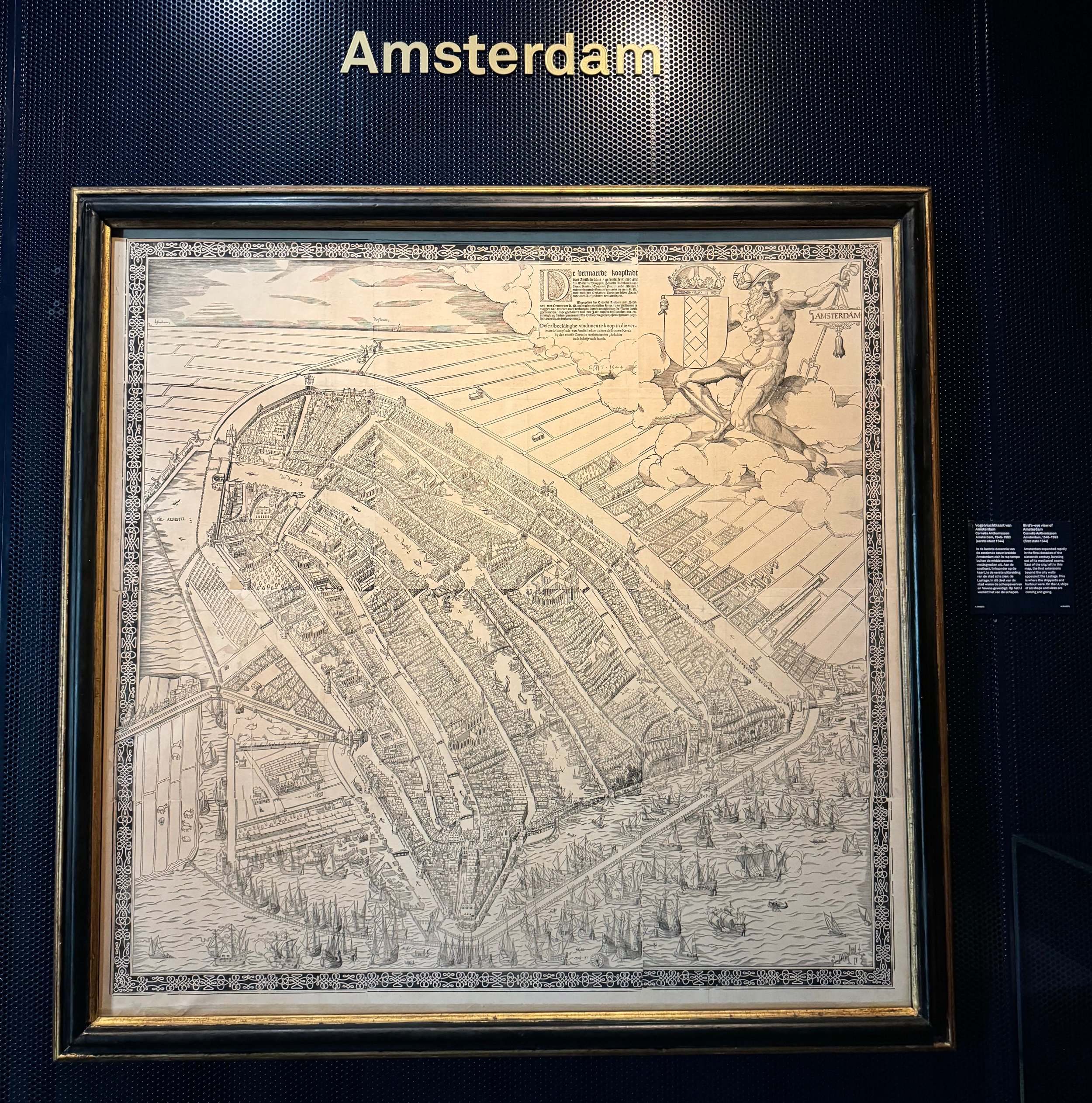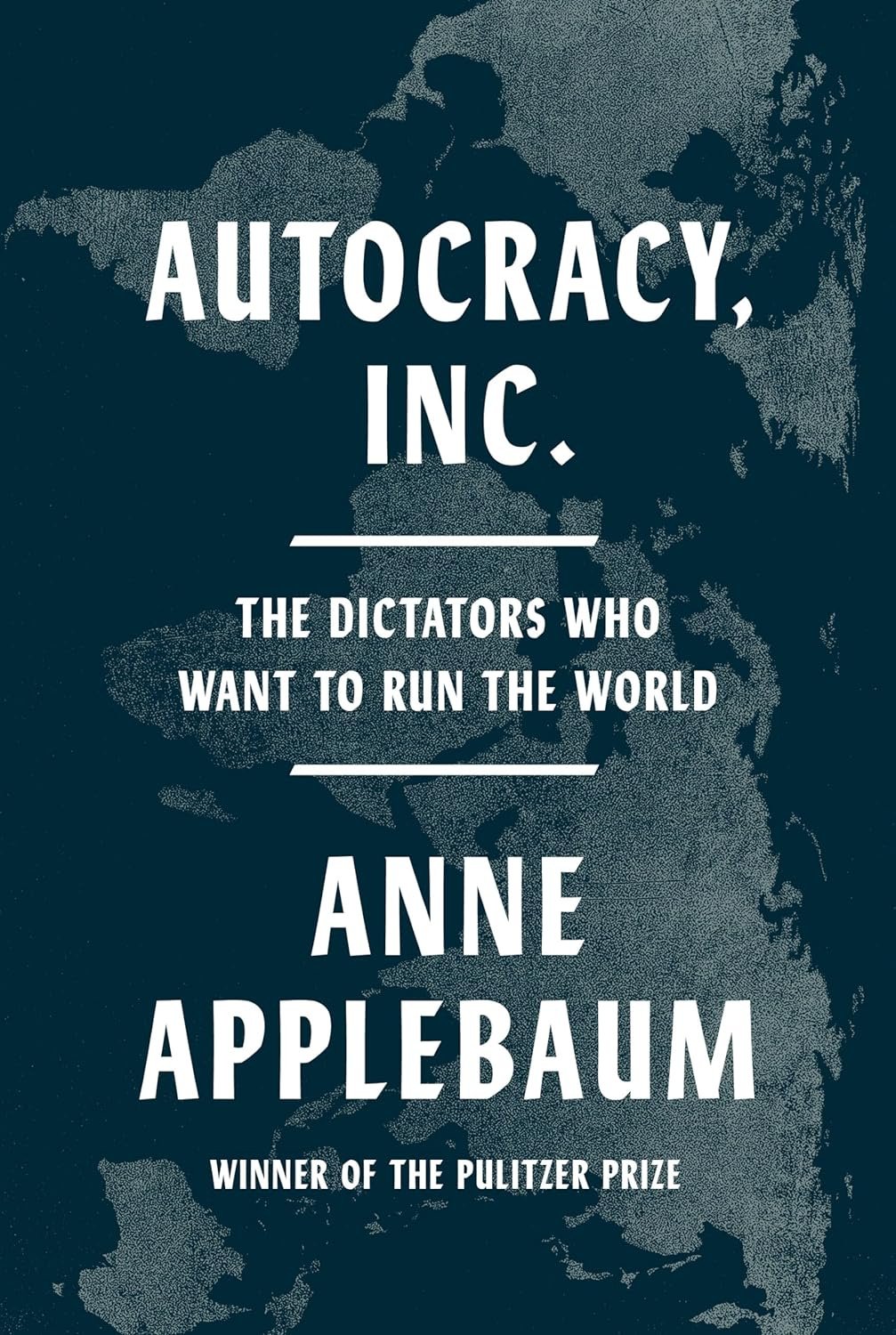The Interconnected Eighteenth-Century World
May 2024 Imperfect Union
A bit of very exciting business to share before my usual essay. My pre-order campaign has officially launched (which you might have seen on social media). I’m working with Porchlight to offer signed copies with a 30% discount. Every copy will received a signed book with this custom, Adams-themed bookplate.
The quote is one of my favorites and I love that the Adams family chose the oak tree for their motto/seal. Oak trees are long-lasting, don’t bend or break in the storms, and put down deep roots. Feels appropriate.
If you’ve ordered a copy from somewhere else, thank you! I will be DELIGHTED to sign it in person at one of my events. But I won’t be offering bookplates separately like I did last time. I wish I had limitless hours and resources, but it really isn’t sustainable as my audience grows. I’m not complaining of course, that is a wonderful problem to have! I hope this offer will provide a happy compromise.
You can order your SIGNED, DISCOUNTED COPY here.
You will also see on the page that there are a number of bonus offerings for bulk purchases. Book recommendations, custom art prints, and an exclusive e-book offering are all available depending on the size of the order. The goal is to encourage groups of readers, whether they be book clubs, DAR chapters, boards of organizations, or friends to pre-order and to thank them with extra goodies. This offer is only good through August 22, 2024.
Pre-orders are critically important to the life of the book. If you’ve been reading for a long time, you’ve heard my pre-order spiel before. This post is already getting a little long, so I’ll return to that later, but basically, pre-orders and the first few weeks of sales are make or break for the book’s success and longevity.
I also wrote about the concept of an “advanced readers” group several months ago and will be sending out posts in the coming months. The idea is this: you get to read some of the book early, you get access to extra materials that I cut from the final book, posts about the sources and fun stories, Q&As, etc. In return (though it is totally voluntary!), hopefully you’ll be willing to pre-order a real copy, leave a review, and share about the book to gin up excitement. Totally optional.
If you emailed me or left a message last time, I’ve added your email to the list and you will receive the first post on Friday. Please note: technically this will be coming from a different substack, but should be the same email. That was the only way I could keep the group closed. If anyone else would like to join, you can subscribe here. Please note this group will remain private (and free!) and for subscribers only.
Ok enough of business, back to our regularly scheduled programming. I’m currently traveling abroad and spent the last few days in Amsterdam (no longer there, just so we are clear for security purposes!). We saw gardens, lots of art, history museums, and tons of glorious old stuff. The Maritime Museum was excellent and this map reminded me of one of the most interesting side tangents in my book.
The interconnected nature of eighteenth-century communications never fails to entertain and amaze me. The Netherlands were a particularly important hub in the eighteenth century. Many ships crossing the Atlantic landed at The Hague or in Rotterdam, depending on the weather. At port, the passengers could pick up letters waiting for them, drop off their own correspondence, and recover from the ocean passage. The trip could take anywhere from 3 weeks if they made record time to several months. The crew restocked the ship’s supplies, made any necessary repairs to the vessels, and enjoyed a brief break in the port.
Who were the passengers? Sometimes they were merchants looking to purchase supplies to bring home for resale. Some were people moving to start a new life or business in Europe (there was a pretty vibrant American ex-pat community in capital cities across the continent). A few were diplomats, their families, and their secretaries.
Once these travelers reached Amsterdam, The Hague, or Rotterdam, they sought out their consul, who could connect them with their fellow countrymen resident in those cities and plug them into letter networks.
If you zoom in, you can see Amsterdam, Rotterdam, and The Hague.
Diplomats stationed at The Hague played a central role facilitating these ties. In addition to their official responsibilities working with the host country’s government, they also served as unofficial hosts for their countrymen, mini-post offices (collecting and forwarding letters), and nodes as part of a diplomatic network.
Here is how that worked in practice. On May 29, 1794, President George Washington nominated John Quincy Adams as the next Minister to the Hague. Two years later, Washington planned to send JQA to Lisbon. JQA initially stayed at The Hague for several months, waiting for his replacement, William Vans Murray, to arrive. While there, JQA served as acting minister for both countries and could do so because of The Hague’s central position. He corresponded with colleagues in Lisbon with relative easy, while still managing the Netherlands portfolio.
When John Adams became president, he initially planned to recall JQA to avoid charges of nepotism. Washington encouraged Adams to leave his son in office because he was such a talented diplomat. Adams took Washington’s advice but decided to send JQA to Berlin instead. Lisbon was declining as a central hub for Europe, while the Austro-Hungarian Empire’s influence was increasing.
Foreign policy demonstrated the interconnected nature of these positions and the individuals who occupied them. For example, in 1797, France forced Charles Cotesworth Pinckney, the American minister, to leave the country. Pinckney decamped to The Hague and spent time with William Vans Murray while he waited for further instructions from the state department. A few months later, his nephew, Charles Lucas Pinckney Horry, visited The Hague, before moving onto Rotterdam. In Horry’s suitcase, he carried letters to JQA from both Pinckney and Murray.
JQA was on his way to London to prepare for his trip to Lisbon, but his ship was stuck in Rotterdam until more favorable winds carried him across the North Sea. Horry caught up with JQA and passed along the letters, which contained updated instructions redirecting his mission to Berlin. Upon JQA’s return to London, he consulted with Rufus King, the American Minister to Great Britain, before departing for his new position.
For the next several years, Murray, JQA, and King kept up a steady stream of correspondence. Murray and JQA were particularly close and wrote as often as every few days. The letters arrived within a week (or two at the most) and they were able to keep tabs on developments across the world. When appropriate, they gathered letters from each other and other ministers, and forwarded them to the president in Philadelphia.
Later that year, Charles Cotesworth Pinckney returned to France as part of a three-person mission. Pinckney, Elbridge Gerry, and John Marshall’s subsequent negotiations failed (known as the XYZ Affair), and they sent detailed records of their conversations to Murray, JQA, and King. Before the telegraph or telephone, these letter networks were essential to ensuring reports reached decision makers. Many of the documents were seized by enemy navies and the duplicate copies, carefully managed by Murray, JQA, and King ensured the transmission of news.
In fact, the first warning that the peace mission had gone awry came in a quick note from Murray in the spring of 1798. A few months later, a note from King explained that the envoys’ original dispatches had been captured by a French privateer. The second copy had been waylaid as well. Only the third copy, sent through King via London, survived to tell the full tale.
You can read much more about these men, their conversations, the letter networks, and the role of foreign policy in the book. For now, it’s so fun to be able to share with you a small tidbit. The world has always been a very big and yet, a very small place. More importantly, personal connections make a huge difference, especially in diplomacy.
Books:
Just a reminder: I haven’t read (or haven’t finished) the books below. They’ve caught my eye, but I’m not necessarily vouching for them. I share published reviews in the links below (as well as on Goodreads and in my Instagram stories - see book review highlights)
Currently Reading: The Loves of Theodore Roosevelt by Edward F. O’Keefe (out now - I heard an interview with the author on Axelbank Reports History and Today and was fascinated!)
Up Next: American Covenant: How the Constitution Unified Our Nation―and Could Again by Yuval Levin (June 11, 2024)
Coming Soon: Autocracy, Inc. by Anne Applebaum (July 23, 2024)
On the Horizon: Reagan: His Life and Legend by Max Boot (September 10, 2024)






